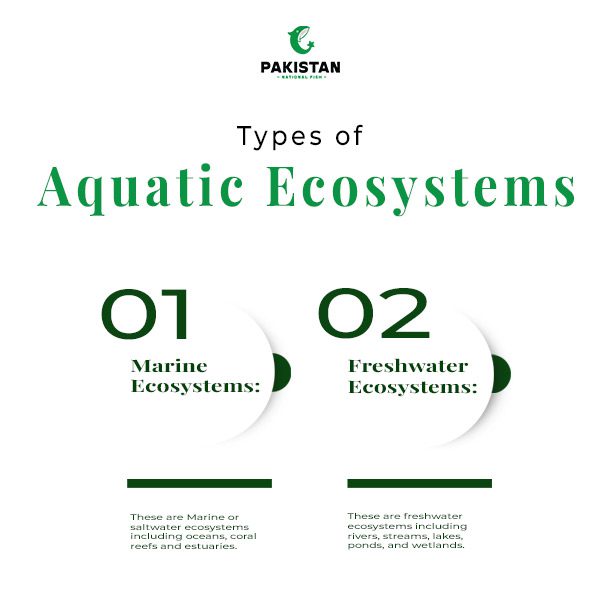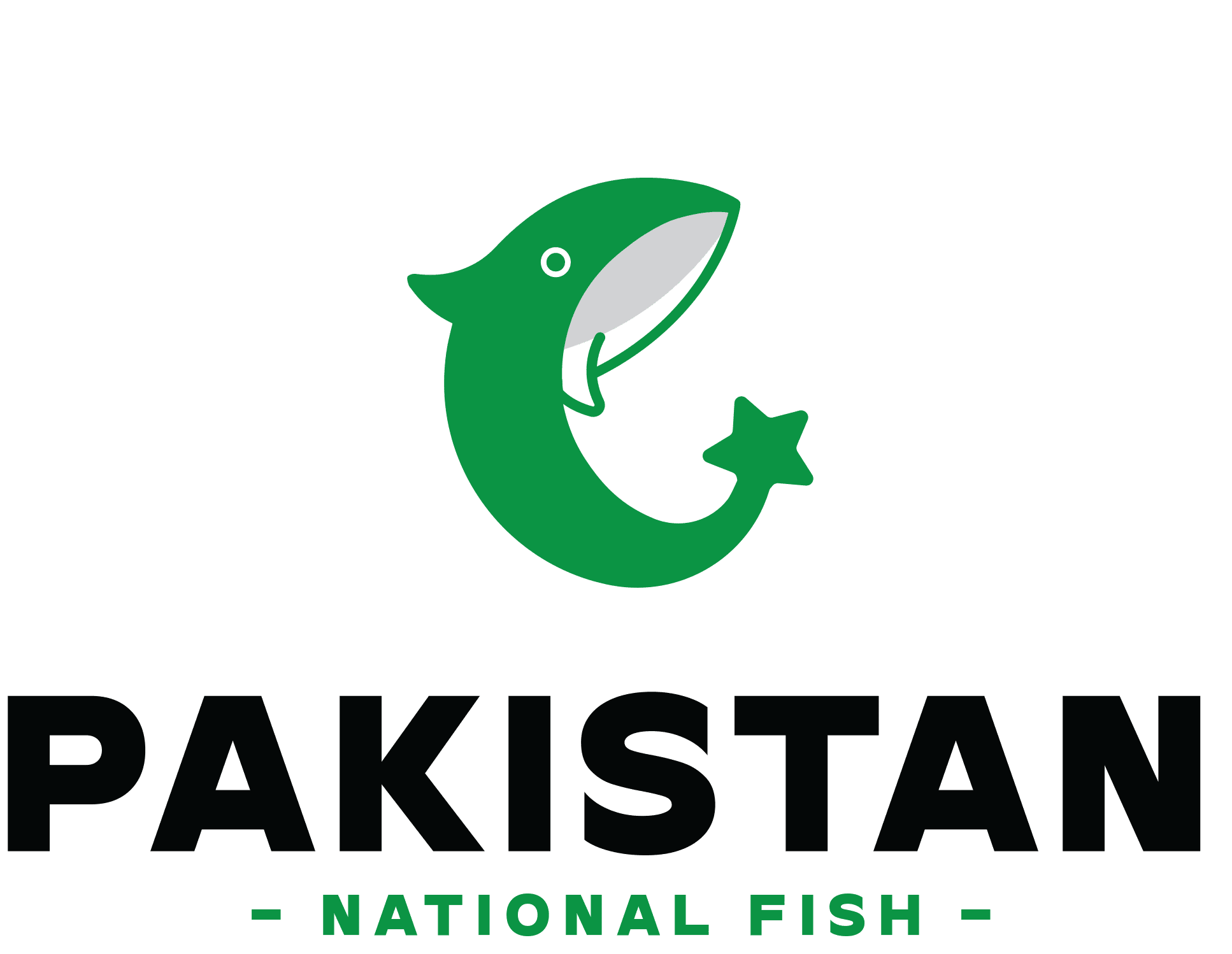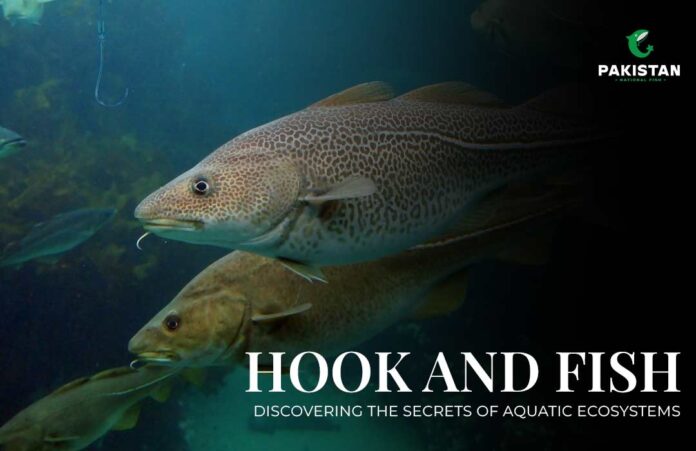Marine environments are diverse and ever-changing, with significant roles in the sustenance of life on Earth. They exist in both; terrestrial sources and aquatic sources including sea, ocean, and pond. They are regions that support a wide variety of marine life forms right from the tiny marine plankton to the large whales and Indus dolphins and in between.
Types of Aquatic Ecosystems
Aquatic ecosystems can be broadly categorized into two types:

1. Marine Ecosystems
These are in Marine or saltwater ecosystems:
- Oceans: Oceans are complex and largest of all aquatic systems that make up approximately 71% of the earth’s surface. They support a multitude of species, both microscopic such as phytoplankton, and ones that are as large as the blue whale. These are tropical, cool, temperate, deep sea, mangrove.
- Coral Reefs: Contrary to having a simple look, coral reefs are some of the most diverse ecosystems in the entire world known as the ‘rainforests of the sea’. They are homes, foods, and shelters for many sea creatures. Coral reefs are also important in coast defence and in enhancing fisheries.
- Estuaries: Estuaries are areas where rivers flow into the sea, and they are quite complex because have both salt and fresh water. Such areas are of special importance during the life cycles of many marine organisms and act as breeding and nurseries for fish, birds, and other sea animals.
2. Freshwater Ecosystems
These are in freshwater ecosystems:
- Rivers and Streams: Rivers and streams which are the continually moving water in a particular direction are essential in determining vast geomorphological features, providing means of moving nutrients, and supporting various forms of life. They relate terrestrial and aquatic systems, serve for species migration, and the exchange of genetic material.
- Lakes and Ponds: These still water have small to large areas and they are popularly known as freshwater bodies. These waters are inhabited by fish and amphibians, aquatic plants, and insects. The water in the lakes and ponds serves different functions such as supply of drinking water and recreation for inhabitants.
- Wetlands: Wetlands it the areas that are characterized by the presence of waterlogged soil to produce such as marshes, swamps, and bogs. They are very ‘biologically rich’ and possess numerous ecological functions including water purification, flood regulation, and storage of carbon.
Properties of Aquatic Ecosystems
The aquatic ecosystems can be viewed as elaborated systems, where the interactions between the abiotic factors and biotic components occur.
1. Physical Environment
- Abiotic factors, such as water, are crucial in aquatic systems, controlling heat, cold, oxygen availability, and delivering nutrients. Types include saline and fresh water, affecting organisms.
- A light that affects photosynthetic organism distribution in water bodies, with primary producers in the epipelagic zone in oceans, where low light penetration occurs, feeding below-tiered tiers.
- The temperature impacts metabolic activities, reproduction, and species distribution in water bodies, with ocean currents varying in temperate, tropical, shallow, and deep waters, resulting in diverse ecosystems.
2. Biological Communities
- Producers, including algae, phytoplankton, and aquatic plants, are the lowest level in aquatic food chains, converting sunlight into energy through photosynthesis for other ecosystem organisms.
- Primary consumers, like zooplankton and small fish, feed on producers, while secondary consumers, carnivores, feed on other animals, creating trophic levels for apex predators.
- Scavengers like bacteria and fungi convert dead plant and animal tissues into nutrients, promoting energy flow and promoting producers in ecosystems.
Impact of Human Activities on the Aquatic Ecosystems
Aquatic ecosystems have been affected by human actions in which habitats have been changed, water polluted, fish stocks overexploited, and through climate change.
1. Overfishing
The pressure of overfishing has led to dramatic declines in stock sizes of many marine species; large fish, tuna fish, sharks, and cod are some of the worst affected. The absence of these species of fish affects the chain of these animals that feed on them or are in turn fed on by other carnivorous animals.
For instance, the excessive harvesting of the large predatory fish leads to increased numbers of small fish and invertebrates which then overgraze on the producers leading to a reduction in primary productivity.
2. Pollution
- Plastic waste is a global issue affecting water bodies, causing microplastics to be consumed by marine organisms, and causing physical irritation or chemical poisoning. Chemical pollution from agricultural runoff, industrial waste discharge, and raw sewage, along with excessive use of fertilizers, contributes to eutrophication, algae growth, and dead zones that cannot support life.
3. Climate Change
Ocean acidification, caused by CO2 in water, threatens marine life like coral, shellfish, and plankton, affecting entire systems. Rising sea temperatures are affecting coral reefs, leading to bleaching, species relocation, and seasonal changes. Coral bleaching also impacts millions of people, affecting food and tourism income.
Conclusion
Water bodies are of great importance to the functioning of the earth, as they host a broad number of species and contribute to the well-being of human beings. However, these ecosystems have been rapidly degraded due to human activities such as fishing exceeding the quotas, pollution, and global warming among others.


